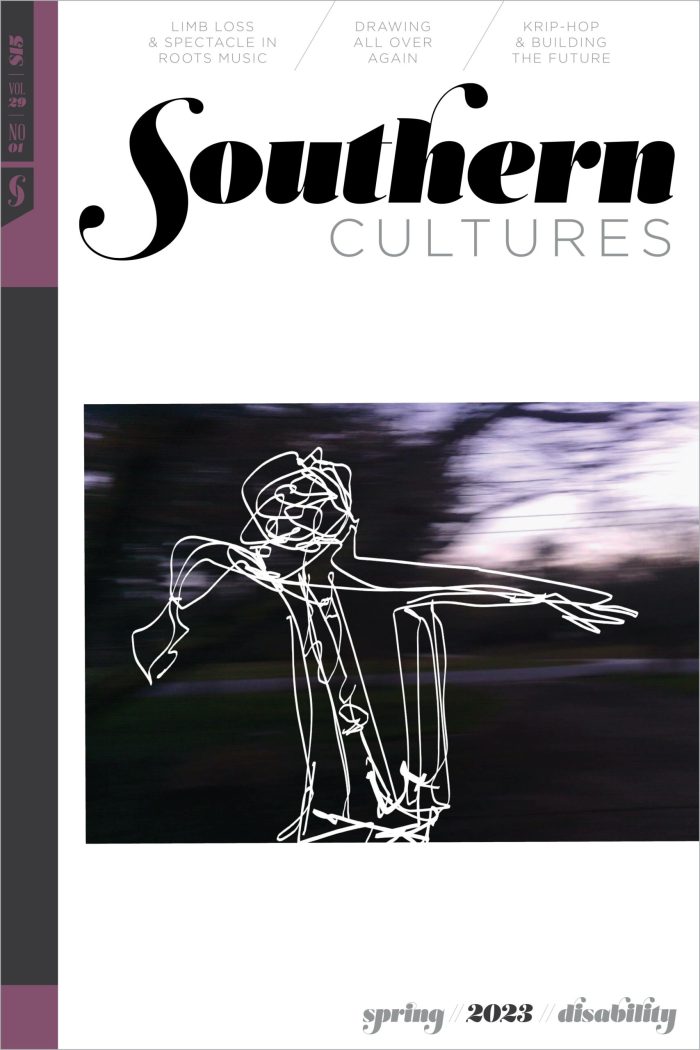“Those who had been medically incarcerated for many years found it difficult to seek lives on the outside, having internalized their ostracization as public health criminals, menaces, and ‘pests.’”
Strum. Chucle. Cha-lang-a-lang. Croon. Twang. Clatter. Exuberant sounds from a party seem to float from snapshots taken around 1972 or 1973. In a large living room, people chat, and one man snaps a photograph. Henry Nalaielua, a Native Hawaiian man sitting in a wheelchair, strums an ‘ukulele. In another corner, a woman drapes a lei (garland) over another woman’s neck. Older men and women laugh while opening wrapped gifts. Who were these people—white, Asian, and Native Hawaiian—and what had brought them together?


